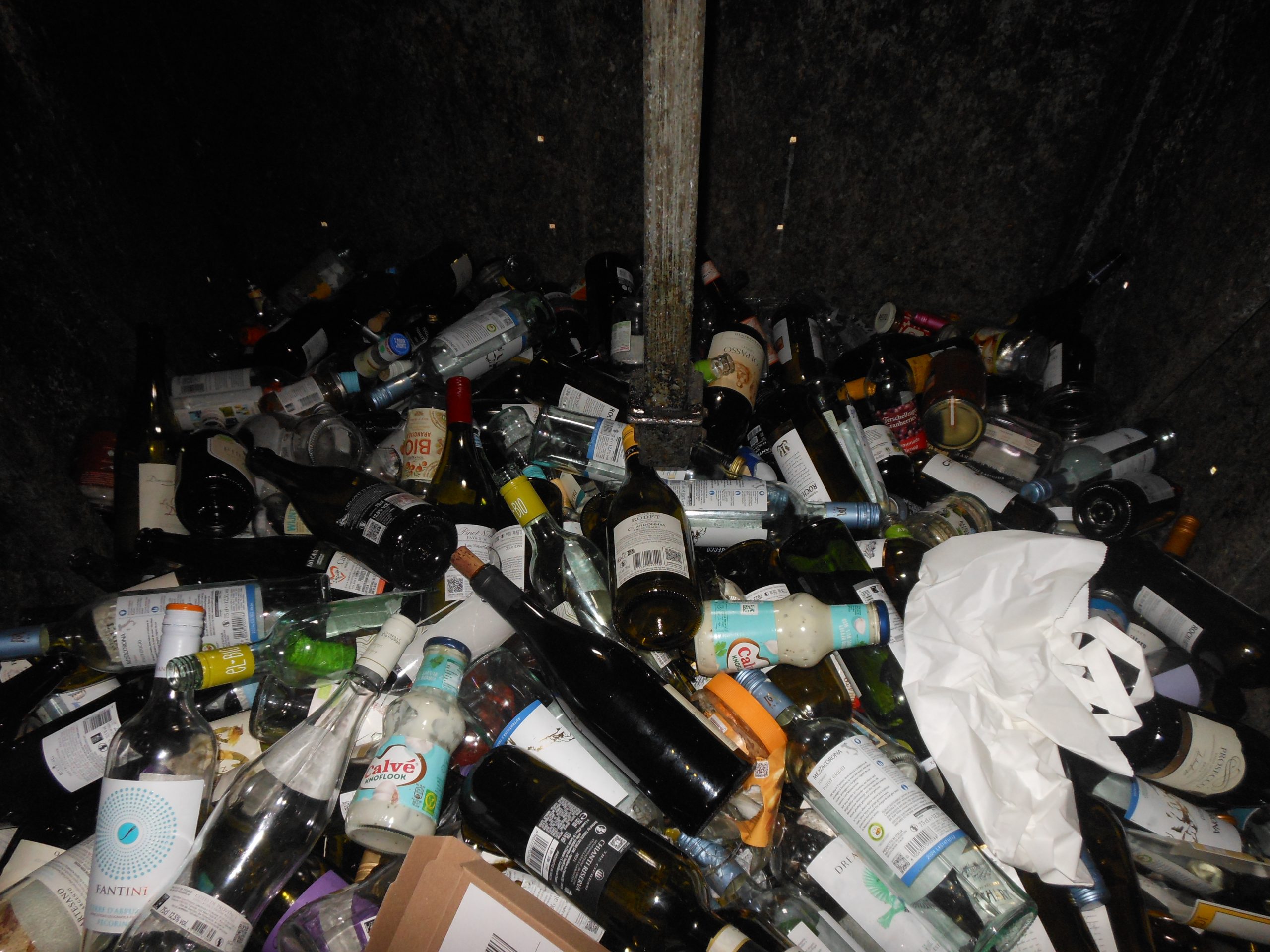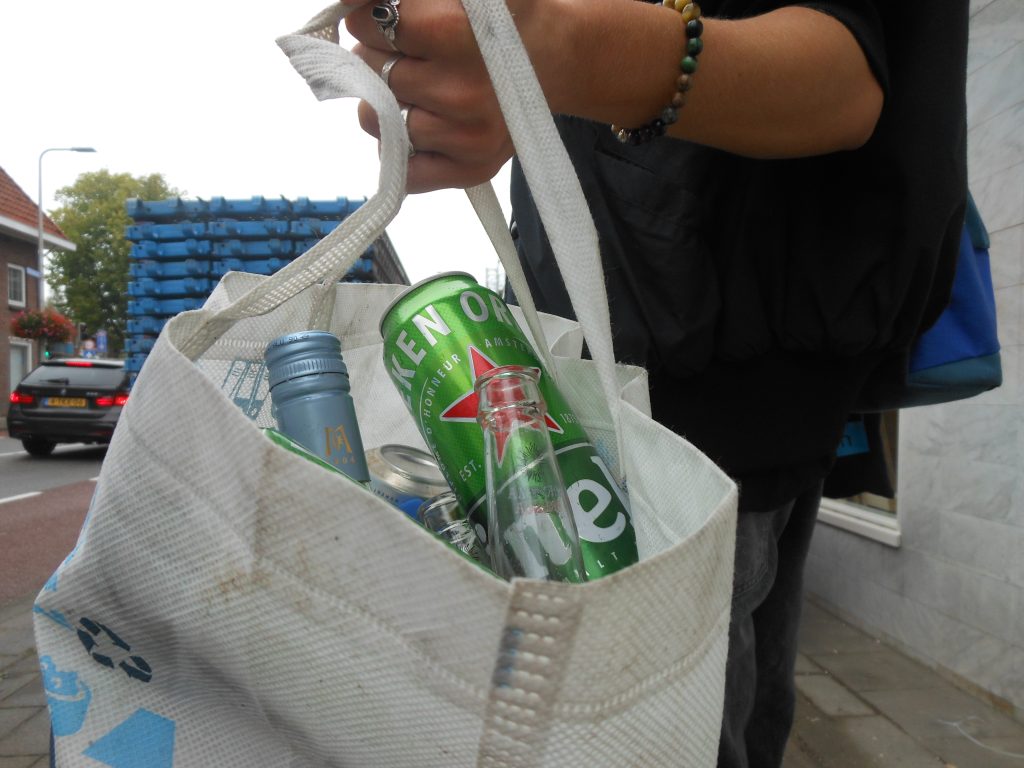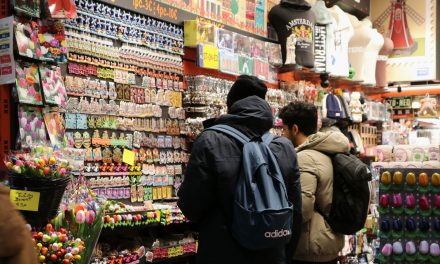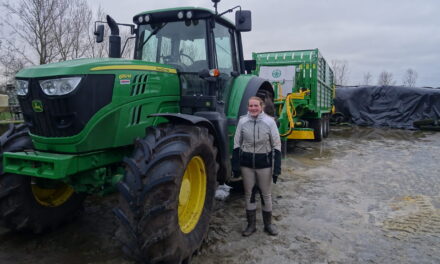
Across Europe, buying a drink almost always means dealing with what happens to the bottle or can afterward. In some countries, returning it for a deposit refund is part of daily life; in others, the system is still new or not yet in place. In the Netherlands, deposit machines have become common in supermarkets, festivals, and small shops. But in many other EU states, people are only just beginning to get used to them. What is the difference between these existing systems and what can we learn from each other?
By 2029, EU-member states must separately collect on behalf of the Packaging and Packaging Waste Regulation (PPWR) 90% of all plastic bottles and cans. A deposit return system is the most obvious way to reach that target, but not every country has introduced one yet. ‘Before the EU only had guidlines about this topic, now they have regualtions which are in direct effect’, says Erik van Dijk, Consultant Waste Management and Circular Economy.

Different countries
The way countries implement deposit return systems differs widely. In Germany, for example, deposits are placed not just on soft drink bottles but also on milk containers. The Netherlands, however, has kept milk largely outside the scheme. According to Van Dijk, this is largely due to industry lobbying. ‘Nobody really wanted deposits in general, therefore these lobbyist noted that very few milk bottles ended up as litter, so the industry could argue they should be exempt’.
The Netherlands has assigned Verpact to manage recycling targets. All companies putting packaging on the market, think Unilever, Coca-Cola, Albert Heijn all participate. The state monitors compliance, but even then, targets can be difficult to reach. Van Dijk points out that the initial goal of 90 percent collection was unrealistic from day one. ‘Big bottles do get collected at home, but smaller bottles and cans used on the go often don’t make it back,’ he explains. Consumers may not take the time to find a return machine, especially when you are in a train or in a big city.
Van Dijk emphasizes that while raising the deposit might incentivize returns, it has limits. ‘Even doubling the deposit from 15 to 30 cents probably will not change much. If you charge a euro, maybe but then you risk frustration if a damaged can is refused at the machine’. The key is ensuring return systems are convenient and that the public understands them according to Van Dijk.

Norway
Looking abroad, countries can learn from the Norwegian experiences. In Norway, the system was rolled out gradually over several years, allowing time for both the infrastructure and consumer behavior to adapt. In the Netherlands, initial targets were ambitious but the step-by-step build-up was too aggressive, leading to public frustration and operational challenges. ‘You need a realistic ramp-up. That way the government, industry, and consumers can adapt, and the system can work properly,’ Van Dijk notes.
Anton Damen, known as the Plandelman in Utrecht, sees every day what deposit systems achieve and where they fall short. ‘It’s really not doing that well,” he says about the Dutch system. For him, the key is making returns easier: ‘The most important thing is effortless return points and more return points. That way the flow of bottles and cans will actually increase.’
Ultimately, deposit return systems depend not just on laws and regulations but on cooperation between multiple stakeholders: governments, companies, and citizens. Without public participation, even the best-designed systems will struggle to reach their goals.



